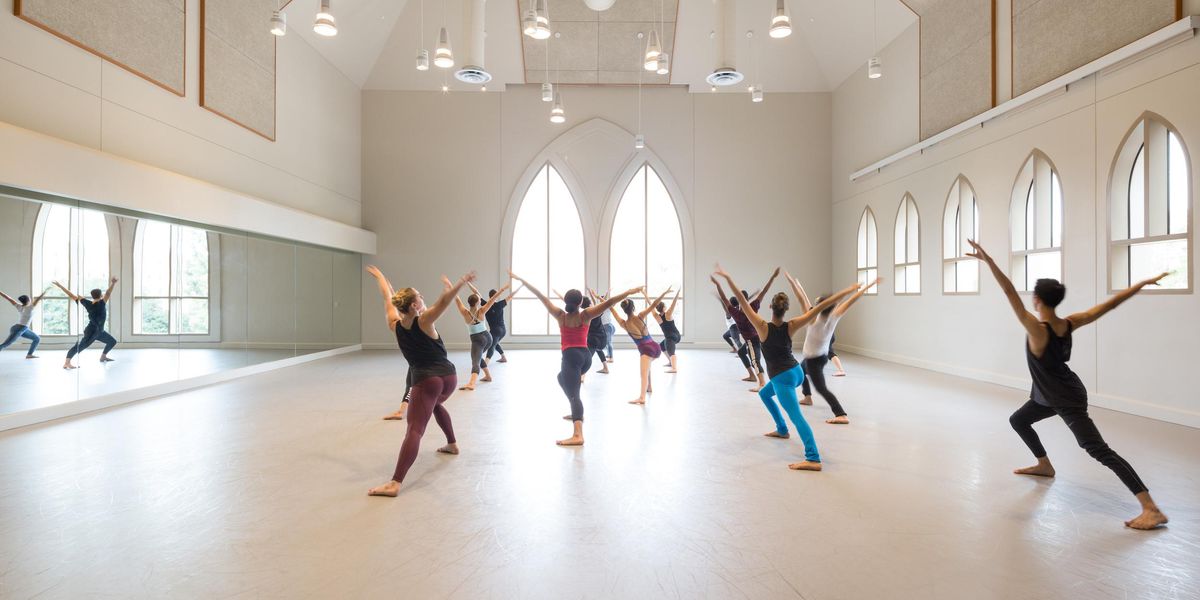Pre-Pointe Conditioning Exercises
Read our “Centerwork” on knowing when your student is ready for pointe
here.
Physical therapist Lisa Apple, National Ballet School faculty member Deborah Hess, North Atlanta Dance Academy teacher Sandra Woolatt-Daniels, and The Washington School of Ballet director Kee-Juan Han all agree that setting aside time for conditioning exercises to help supplement pre-pointe training can be very beneficial. Below are some recommended exercises for feet, ankles, balance, and external rotation.
1. Theraband Exercises:
Try incorporating Theraband exercises into pre-pointe classes to help strengthen the ankles and feet. Practice 10 to 20 repetitions or until muscles start to fatigue, using a medium-strength band.
• Sit on the floor with the legs out in front of you, keeping a straight spine. Loop the band (keeping it wide) around the ball of the foot. Gently tug on both ends of the band to create some resistance.
• Slowly point and flex the foot, working through demi-pointe. Watch to make sure the ankles do not sickle in.
Another variation works the outer and inner muscles of the lower leg and ankle:
• While gently pulling on the band in the opposite direction, slowly wing the foot out and hold for several seconds. Then slowly bring it back to center.
• Reverse the exercise with the foot turning in. This exercise can be done with both a pointed and flexed foot.
2. Doming:
The doming exercise helps engage and strengthen the foot’s intrinsic muscles:
• Sitting on either the floor or a chair with feet flat on the ground, lift the metatarsal knuckles and glide the toes towards the heel, creating a “dome” with the foot. Do not curl or hammer the toes, but rather keep them long and flat. (If students are having trouble isolating these muscles, they can use their hands to gently shape their foot in the correct position first, and then let go to try to maintain the shape.)
• Keeping toes straight, slide them back down along the floor to a flat foot.
• Lift the toes—but not the ball of the foot—off the floor and lower them back down.
3. Proprioception Exercises:
According to Apple, proprioception exercises help improve balance. “If you stand single legged, you’ll notice your ankle adjusting, trying to move you back to your base of support. Those subtle changes are your proprioceptors kicking in.”
• Stand in parallel and lift one leg. Try to maintain your balance for at least 30 seconds.
• Once that is mastered, try balancing with your eyes closed.
• Apple also suggests investing in a Bosu Ball, which looks like a semicircular therapy ball. The soft, unstable surface presents an additional challenge in maintaining balance. “A simple exercise would be to start on a single leg and slowly move the other leg forwards and backwards,” she says.
4. The Wall of Shame:
Apple notes that another major criterion for pointe readiness should be holding turnout from the hip, as opposed wrenching turnout from the ankle or knee. She recommends a Pilates exercise she learned from kinesiologist and California State University at Long Beach professor Karen Clippinger called the “Wall of Shame.”
• Lie on your side with your back against a wall, keeping legs in a neutral position.
• Lift the top leg in parallel second a few degrees, then turn out the working leg an inch or two.
• Lift the leg higher and turn out a little more, repeating several times until you’ve maximized your external rotation.
• Lower the leg back to the floor while maintaining full turnout.
“Some cues for proper technique and execution of this exercise are that the back stays up against the wall without any changes in the natural curves of the spine,” Apple says. “Pretend that you are in the posture you would want for a standing rotational turnout (first position).
Apple recommends taking this step one step further by using Pilates rotator discs. “For me this is a good way to use part to whole practice towards a functional end,” she says. Have students roll down through the spine while standing in first position on the rotator discs, which should be placed an inch or two from the wall. “If their buttocks hit the wall then quite obviously they have not maintained [proper] turnout.”




